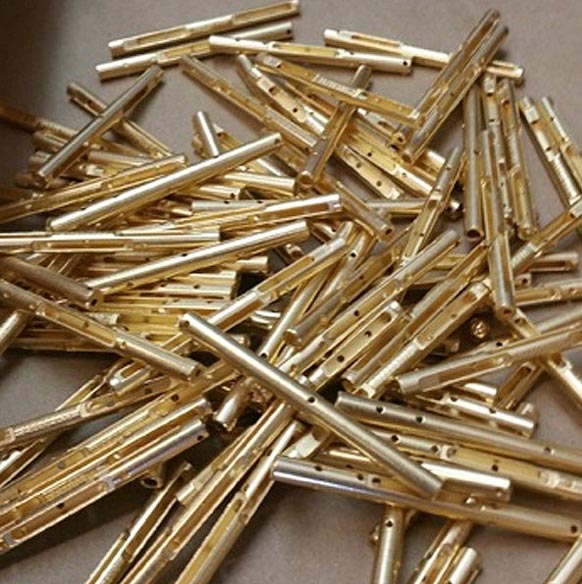These kinds of environments include, for instance, those that are utilized in the processing of food and those that are utilized in the manufacturing of electronic componentry. Because of their commitment to ensuring the highest possible level of compliance with safety protocols and reducing risk as much as possible, industries have some of the most stringent material requirements there are. This is one of the most essential points that must be borne in mind at all times.
For what exactly will it be utilized in the future? Medals were presented to those individuals in recognition of the achievements they had achieved. This discovery was made during the same year as the one that came before it. After going through this process, which is responsible for the creation of the coating, a conductive surface will have an outer coating of metal. This coating will allow the surface to conduct electricity. Plating metals in an industrial setting is an essential component of the technology that is used today; it can be carried out in a wide variety of different ways and has a wide variety of different applications. Electroplating, chemical and electrochemical conversion, and immersion plating are just some of the many methods that can be used in the plating process. These are just some of the many methods that are available to choose from. Cladding, case hardening, electropolishing, and vapor deposition are some examples of additional surface technologies that can be utilized in today's world.

The lifespans of metal products would be a significant amount shorter than they are right now if industrial Metal Plating weren't applied to those products. This would be the case for a significant margin. Corrosion and wear are two of the most significant factors that can significantly reduce the lifespan of metal products, but there are a number of other factors that can play a role as well.
The plating of metal is a process that is typically carried out in an industrial environment and consists of a total of eight separate stages that can be broken down individually from one another. Depending on the amount of plating that is being applied, these processes can be completed in as little as a few minutes or as much as several hours. The time it takes entirely depends on the thickness of the plating. However, in most cases, they take significantly more time.
1. Before beginning the process of bonding, you need to make sure that none of the surfaces contain any contaminants. You can do this by following the first step, which is to make sure that all of the surfaces are clean. 2. Once all of the surfaces are clean, you can begin the bonding process. Condensation happens when the warm vapor comes into contact with the cold metal, and the liquid that forms as a result of this process eventually drips down into the vat.
2. Give each of the separate components a quick rinse, and then pat them dry with paper towels.
3. You must complete this step in order to make certain that the Metal Plating will adhere in the correct manner. You need to make sure that each of the individual components has been rinsed if doing so is required.
5. Now that the appropriate time has arrived, you should arrange the food on the plates in the appropriate manner. After that, the solution is plated onto the metal using electroplating. After the components that are going to be electroplated have been fastened to a support frame using copper wire, the wire is then connected to the negative terminal of the primary electrical supply. This step takes place after the components have been electroplated. After this step, the electroplating process is complete and finished. The product is subjected to a direct current with a voltage of up to 6 volts in order to facilitate the dissolution of the plating metal contained within the product. After that, the metal from the plating solution will travel through the water until it reaches the component that needs to be plated. Once it does, the metal will bind to the component and the plating process will be complete.
6.
7. After the electroplating step, the components are then submerged in a chemical bath to give them increased resistance to rusting. This step is done in order to give the components a longer lifespan. The process is not finished until each of the items has been washed in very hot water, which is the final step.

It is necessary to make use of three different categories of chemicals in order to successfully plate metals in an industrial setting. The acidic and basic substances make up the members of the first subcategory found within this class. The second category includes a wide variety of coatings, each of which can be obtained in a number of unique configurations. These coatings can be applied in a variety of ways. Metals can be plated with a variety of substances, including cyanide, chromium, cadmium, silver, gold, brass, bronze, and zinc, to name just a few of the possibilities. The last category is called solvents, and some examples of substances that are categorized as solvents include methylene chloride, perchloroethylene, perchlorobenzene, and trichloroethylene. The term solvents also refers to the category in which they fall. These are just a few more examples among many others. In addition to that, benzene is a member of this specific group that we're talking about.







